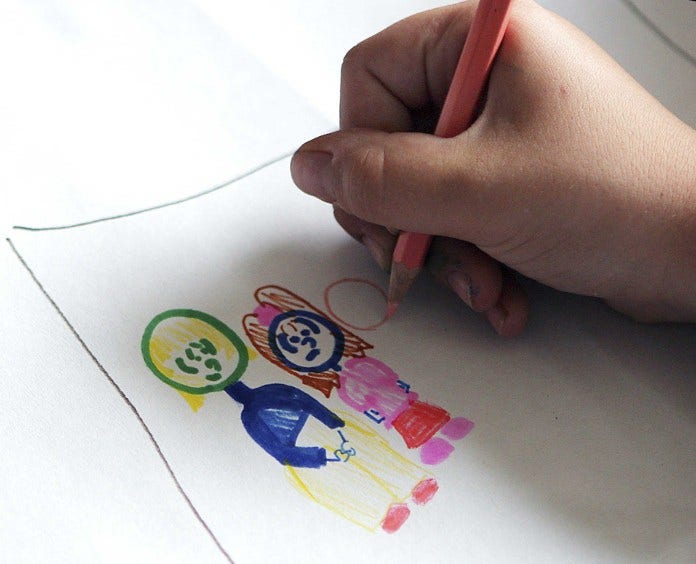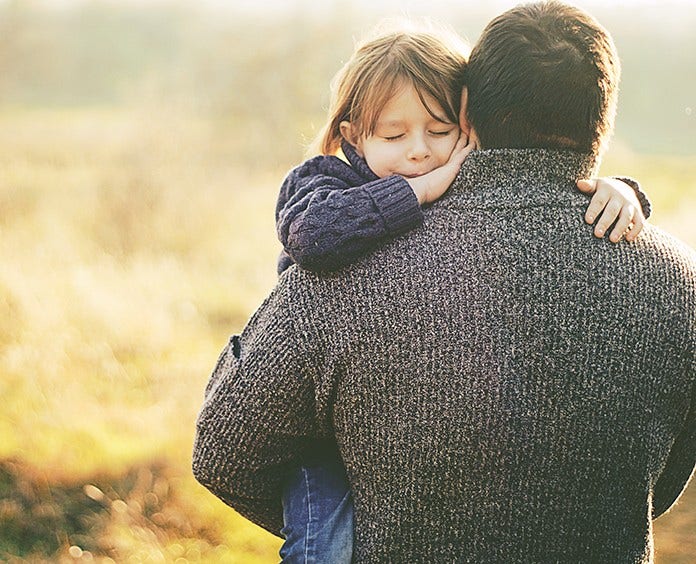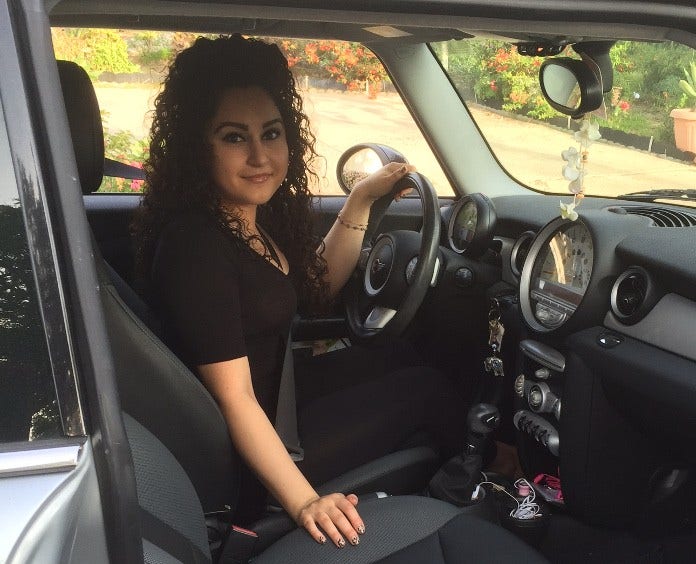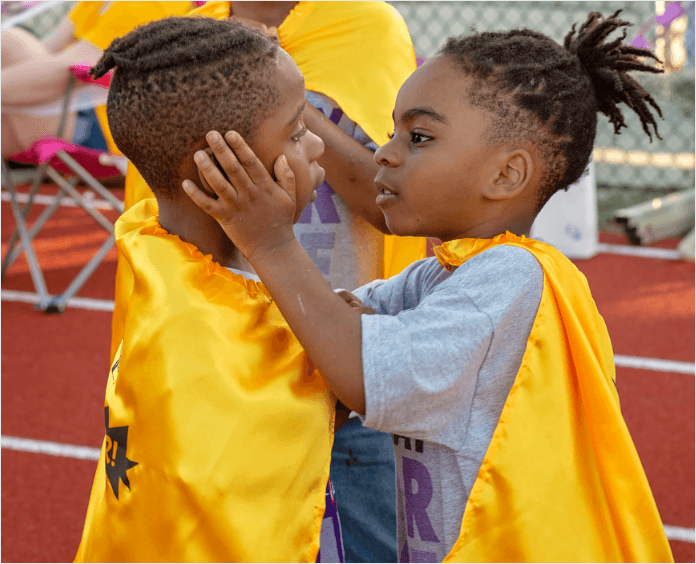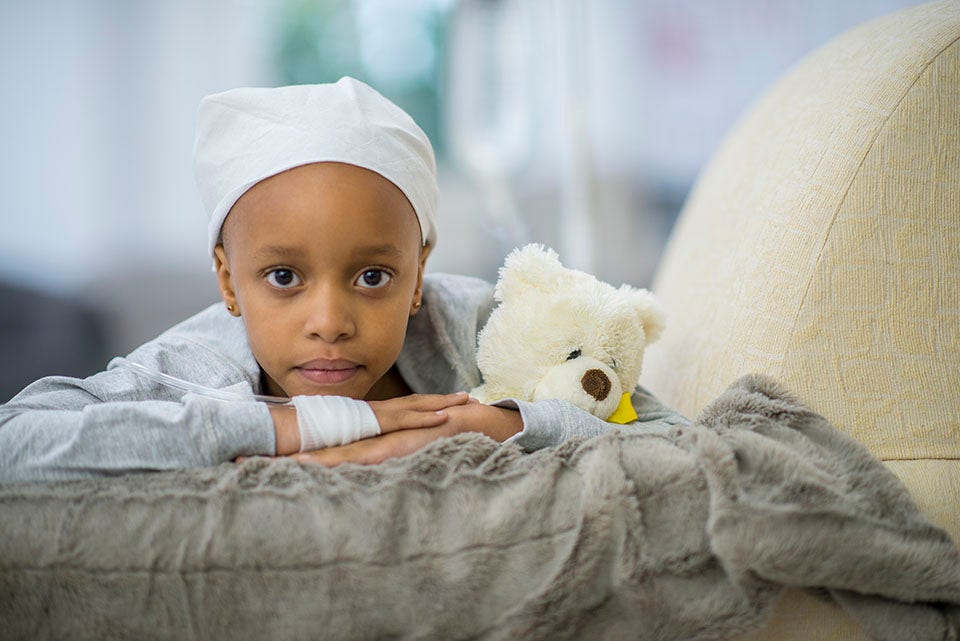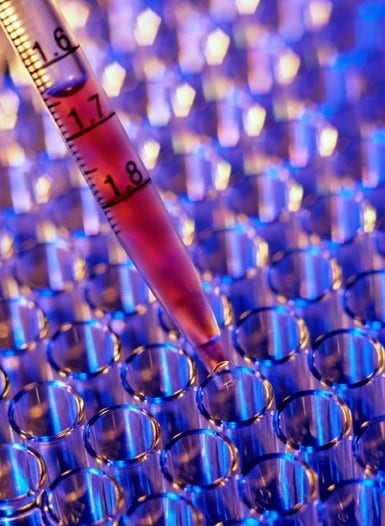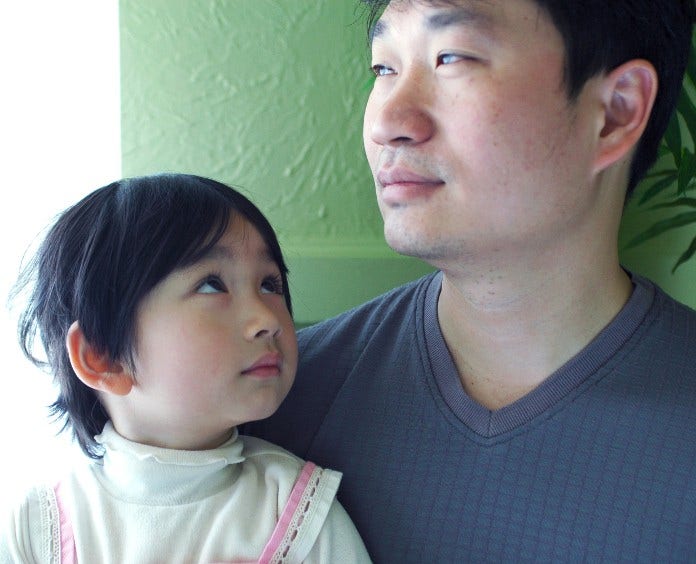Your gift is 100% tax deductible
Non-Hodgkin Lymphoma in Children
Non-Hodgkin lymphoma (sometimes called NHL, or just lymphoma) is a cancer that starts in cells called lymphocytes, which are part of the body’s immune system. NHL is not common in children and teens, but it can occur.
This information is possible thanks to people like you.
We depend on donations to keep our cancer information available for the people who need it most.

